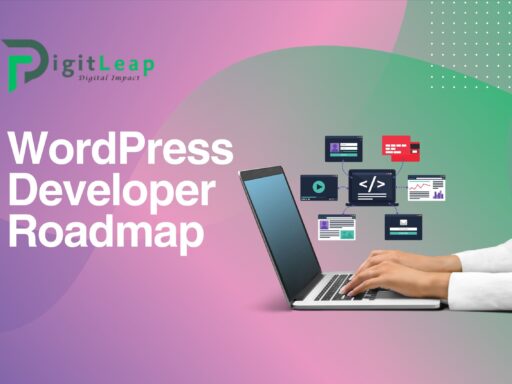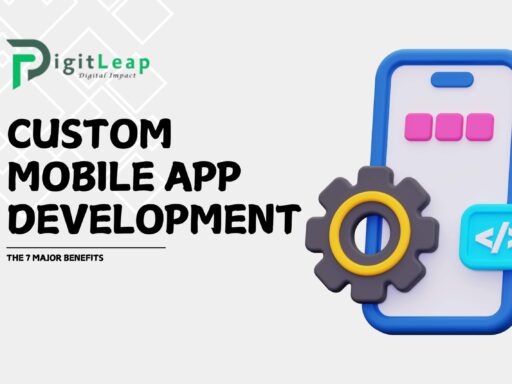Website Development on a Budget: Build a Stunning Site Without Breaking the Bank
Introduction
Creating a professional and visually appealing website doesn’t have to cost a fortune. With the right approach, you can develop a stunning site on a budget that meets your needs and impresses your visitors. In this article, we’ll explore practical tips and strategies for affordable website development, ensuring you get the most value for your money.
1. Understanding Budget Website Development
What is Budget Website Development?
Budget website development involves creating a website with limited financial resources. The goal is to achieve a high-quality result while keeping costs low, often by utilizing cost-effective tools and services.
Why Budget Website Development is Important
Many small businesses and startups need a strong online presence but have limited budgets. Effective budget website development allows you to establish a professional website without overspending.
2. Planning Your Website
Define Your Goals
Before diving into development, clearly outline what you want your website to achieve. Whether it’s generating leads, showcasing your portfolio, or selling products, understanding your goals will guide your design and functionality decisions.
Research and Choose Your Platform
Select a website platform that fits your budget and technical skills. Popular options include:
- WordPress: Offers flexibility and a range of free and paid themes and plugins.
- Wix: Known for its ease of use and drag-and-drop functionality.
- Squarespace: Provides beautiful templates and an all-in-one solution.
Budget Allocation
Decide how to allocate your budget across different aspects of website development, such as domain registration, hosting, design, and content creation.
3. Designing Your Website
Choose a Cost-Effective Design
Opt for pre-made templates or themes that fit your brand’s style. Many platforms offer free or inexpensive themes that can be customized to meet your needs.
Use DIY Design Tools
Utilize online design tools like Canva or Adobe Spark to create visuals, logos, and graphics. These tools are user-friendly and cost-effective.
Keep it Simple
A clean and simple design is often more effective than a complex one. Focus on essential features and avoid unnecessary elements that can increase costs.
4. Developing Your Website
Leverage Free and Affordable Plugins
Enhance your website’s functionality with free or low-cost plugins. For instance, plugins for SEO, contact forms, and social media integration can be found at reasonable prices.
Optimize for Performance
Ensure your website loads quickly and performs well. Use tools like Google PageSpeed Insights to identify and address performance issues.
Mobile Responsiveness
Make sure your website is mobile-friendly. Many budget themes and templates are already optimized for mobile devices, but it’s important to test and ensure a smooth experience across different screen sizes.
5. Content Creation on a Budget
Write Your Own Content
Creating your own content is a cost-effective way to populate your website. Focus on clear, engaging, and relevant text that addresses your audience’s needs.
Use Free Stock Images
For visuals, consider using free stock image websites like Unsplash or Pexels. These resources offer high-quality images at no cost.
Leverage User-Generated Content
Encourage your customers or audience to contribute content, such as reviews or testimonials, which can add credibility to your site without additional costs.
6. Launching and Maintaining Your Website
Test Thoroughly Before Launch
Before going live, test your website for functionality, design consistency, and usability. Ensure all links work and that the site is free from errors.
Monitor and Update Regularly
Once your site is live, monitor its performance and update it regularly. Regular updates and maintenance help keep your website secure and functional.
Utilize Free Analytics Tools
Track your website’s performance using free tools like Google Analytics. These tools provide valuable insights into visitor behavior and site performance.
Conclusion
Building a stunning website on a budget is entirely achievable with careful planning and resourcefulness. By selecting the right platform, utilizing cost-effective design and development tools, and focusing on essential features, you can create a professional and functional website without breaking the bank. At DigitLeap, we specialize in helping businesses develop cost-effective websites that look great and perform well. Let us help you bring your online vision to life while staying within your budget.
FAQs
Q1. How can I choose the right platform for my budget website?
Consider factors such as ease of use, customization options, and cost. Popular platforms like WordPress, Wix, and Squarespace offer various features and pricing plans to fit different needs.
Q2. Are there any free website builders available?
Yes, platforms like Wix and WordPress.com offer free plans with basic features. However, paid plans often provide more functionality and customization options.
Q3. What are some free tools for website design and content creation?
Tools like Canva for design, Unsplash for stock images, and Google Docs for content writing are excellent free resources to help with website development.
Q4. How can I ensure my budget website is secure?
Choose a reputable hosting provider, keep your software and plugins up to date, and use security plugins to protect your site from vulnerabilities.
Q5. What should I focus on when launching a budget website?
Ensure your site is fully tested for functionality, has a clear and simple design, is mobile-friendly, and is optimized for performance before launching.






